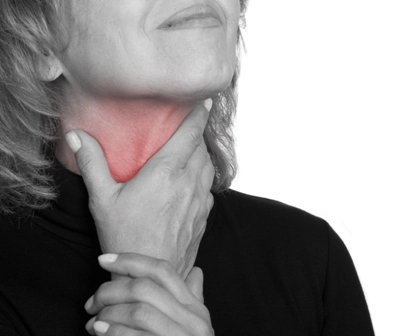Know Payer Preference in This Bundling Scenario

Question: An established patient came to our provider with a deep 10 cm cut on his right arm. We billed a level-four evaluation and management (E/M) service along with an Adacel injection administered with 96372. Our doctor also closed the wound with Dermabond using G0168, so we appended modifier 51 to 96372 to indicate we had performed multiple procedures. We are now being told that 96372 will not be paid with the G0168 unless a valid modifier is used? Doesn't the 51 cover that? And if not, what modifier should we use? Colorado Subscriber Answer: There could be a number of reasons for the denial. The first could be that you used G0168 (Wound closure utilizing tissue adhesive(s) only) for the Dermabond closure. As this is a Medicare code, many private payers do not recognize it, preferring the simple closure codes 12001-12018 instead. CPT® closure codes include wound closures using sutures, staples, or tissue adhesives, either singly or in combination with each other, or in combination with adhesive strips. Wound closures using adhesive strips as the sole repair material, however, should be coded using the appropriate E/M code. So, check with your payer and see if you should bill 12004 (Simple repair of superficial wounds of scalp, neck, axillae, external genitalia, trunk and/or extremities (including hands and feet); 7.6 cm to 12.5 cm) to describe the procedure. The second could be that some payers regard the work involved in performing a simple closure as being already included in an E/M service. For instance, Correct Coding Initiative (CCI) edits bundle E/M services like 99214 (Office or other outpatient visit for the evaluation and management of an established patient ...) with simple repair codes like 12004, so your payer may feel that code 12004 covers the scope of the E/M service provided. However, CCI edits assign a modifier indicator code of 1 to this edit, meaning you can bill 99214 along with 12004, providing you append a modifier to 99214. In this case, your payer may allow 99214 with modifier 25 (Significant, separately identifiable evaluation and management service by the same physician or other qualified health care professional on the same day of the procedure or other service) appended, providing the work documented for 99214 goes beyond that associated with the simple closure (for example, the patient complaining of dizziness or a blackout prior to the laceration, which would require a detailed history and a detailed exam). But the main reason for the denial could be your use of 96372 (Therapeutic, prophylactic, or diagnostic injection (specify substance or drug); subcutaneous or intramuscular) to describe the administration of Adacel, which is a vaccine. Assuming the patient is older than 18, or there was no counseling by a physician or other qualified healthcare professional, the correct code for administering 90715 (Tetanus, diphtheria toxoids and acellular pertussis vaccine (Tdap), when administered to individuals 7 years or older, for intramuscular use) is 90471 (Immunization administration (includes percutaneous, intradermal, subcutaneous, or intramuscular injections); 1 vaccine (single or combination vaccine/toxoid) (Source: https://www.vaxserve.com/assets/pdf/library/MKT27499-Adacel (Coding Sheet) - Final.pdf). And, since there is no CCI edit involving 12004 and 90471, you do not need to append modifier 51 (Multiple procedures) to unbundle the procedures. So, the correct way to bill this encounter should be: However, as previously mentioned, all of this should be cleared with your payer before resubmitting the bill.




